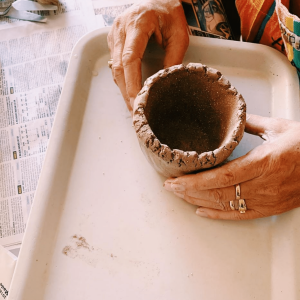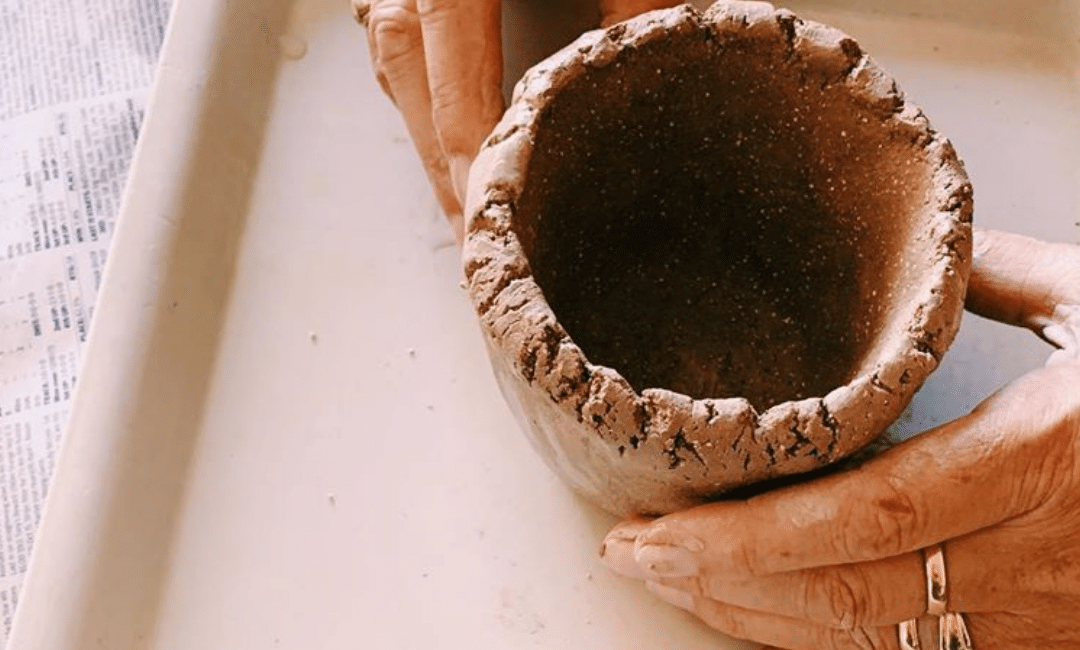What is the role of occupational therapy within the community?
Occupational therapy is a really varied job. We treat injured, ill or disabled patients through the therapeutic use of everyday activities. When we work with a person we assist them to meet their goals. We work with a person’s physical self to improve their skills and their coping strategies. We look at what it is that makes someone willing to do a task. Time is taken to look at their strengths and improve their capabilities to move and access the parts of their environment that they need to. This is where we can accommodate for that by using equipment or adapting their environment. Occupational therapy in the community is dynamic. It looks at what is required or actually valued by a person and we work as part of that person’s team.
How can occupational therapy actually improve somebody’s quality of life?
Quality of life is a big statement! I truly believe that occupational therapists can help to grow someone’s quality of life by looking at what matters to them now and in the future. We optimize function and reduce risks by using all of the supports, the environment, and the equipment that’s available. When someone feels there must be an easier way and things just aren’t quite right, that’s when we come on board. We have a chat, we look through an individual’s circumstances and we find the ways where we can make things easier. Often we can get you more independent than you thought you might’ve been able to achieve. And I think in that, it brings a little bit more quality because confidence is raised, opportunities and doors are opened.

Working on the Gold Coast must have its advantages. What do you think are the greatest benefits of working as an occupational therapist on the Gold Coast?
When it comes to any form of rehab or maintaining independence and autonomy, what’s great about the Gold Coast is what’s available to us here. Often we will get referrals from the hospital. As soon as the person is medically stable, they can come home and get access to all of the allied health that they need from the Gold Coast. There’s no need to be in a big metropolitan city. All of the expertise that is required is here. Many places are becoming more disability-friendly. Our beaches now have wheelchair access. We have access to equipment that will allow a person to scoot around on the sand or go through our spacious parks. There are larger outdoor living areas here on the Gold Coast. Perfect for people who really value sunshine, outdoors, and space. It gives that choice to stay where they want to be without compromise.
That’s so true! You really do have the best of everything available to you here on the Gold Coast. I understand why so many people retire here!
I think there is a big change to where people want to spend the later stages of their life. So after they have retired they want to enjoy this new stage of their life. They don’t see themselves moving into a nursing home or an institution. Choosing to be around the people they love and the things that they care about is important. Fortunately, a lot of new houses are being designed with aging in mind. A lot of what I’m now having to do as an occupational therapist and part of home therapy is to adapt existing homes that matter to people to be the place that they can stay. This way they’re not forced to leave. Aged care is definitely changing and occupational therapy will assist that person to be comfortable and safe in their chosen place.
How do occupational therapists work within a multidisciplinary team?
An occupational therapist is just one person in the group or the team that’s surrounding a person that’s having troubles. We are sometimes the specialists in cognition, the specialist in the environment, or the equipment, but we work alongside the physiotherapist, the speech therapist, the nurses, the people that come into the home to help the day-to-day of that environment tick on. We set goals and work through those goals with the team. For example, we might work with sessions together, or just make sure that we are aware that we’re not the experts in that person’s life or the difficulty they are experiencing. The patient is the centre of their multidisciplinary team along with their family and their friends.
Can you give us an example of how it might look going into a patient’s home for the first time?
One example that comes to mind is of a lady living locally within the Gold Coast. We had to walk into her home through the garage because the front door wasn’t accessible. I met this lady in her lounge room because she has a lot of social anxieties. It was a big deal for her to bring me into the house. I wasn’t being taken all the way through the areas which she felt were her own private spaces. There I met with her support coordinator who was someone she trusted.
As I got to know her home I began to see how we could make her house more accessible to her. We were able to develop a really nice rapport relatively quickly. This woman, who lived independently, had cerebral palsy which means she can only use half of her body which is quite paralyzed. On top of these difficulties, she also had impaired hearing as well as some intellectual impairment. As her occupational therapist, I needed to be mindful of that. How I spoke to her was very important. Soon enough, she was happy for me to walk through the home with her.

The Importance of access
I was shown all the areas she had trouble accessing. There were multiple stairs and she was struggling trying to walk with a wheelie walker. She was most likely going to need a wheelchair in the near future and I could see that she wanted to maintain living in her home for as long as possible. There were numerous people coming in to assist her just like Dignified Home Care would do. But there were limits to what they could do. You see, there were risks involved with them being in the home and it wasn’t suitably set up. So I was able to take measurements, discuss with the participant the things that were important to her in her home. We weren’t going to go knocking down walls if she doesn’t need to access the laundry, for example.
Wheelchair ready
After she showed me through, I took the necessary measurements. I then went away and was always very open with her through the process. It was important that I involved her family because she couldn’t really speak on the phone very well. Her father became a strong advocate and was very much the centre of the team for the building modifications. Together we managed to get some funding through the NDIS for the installation of ramps and rails and modifications to her home. This meant that she could move within the home with ease and safety and that the supports that she chose to bring in were also comfortable in what they needed to do.
At that point, she knew me well enough for me to be able to introduce the concept of what her future movement might be and that she maybe would require a wheelchair. Through that gradual suggestion, not immediately and bombarding this person and changing their life, she accepted that.
Maintaining Lifestyle
We prescribed her with a folding wheelchair that had a power attachment. This meant she was able to collapse it, put it in the car and go on holidays with her family still, and then use it for within her home and in the community. From there she still felt a really nice connection with Whole Therapy. When she began having trouble in the kitchen preparing herself meals, I was able to refer to our therapy assistant to do meal preparation tasks and get some kitchen devices for her and referred on to the physiotherapist to see if there are any ways that we could help her to be stronger and more confident. And I guess she was happier in all the things that she did in her home and in the community.
She wanted to have that independence, that freedom of choice and that confidence, and I guess pride in the things that she could still continue to do herself. Her progression to using a wheelchair was framed in a way, not of a loss, but through having this, you can maintain those things you value. Like being able to get to church or go on family holidays. It was just a necessary part of maintaining these parts of her life.
Tell us a bit about Whole Therapy!
Oh, Whole Therapy is a really lovely company. It has been founded by Haley Heyden and Jeremy Coates. Haley is an occupational therapist who is extremely passionate about providing a service that matters to people, not just a service to tick the boxes. And Jeremy owns an equipment shop in Robina on the Gold Coast. He has this really great awareness of how the equipment can support someone to do what they need to do for longer and safer.
Haley and Jeremy came up with this business concept and they brought us all together to this lovely team of occupational therapists, physiotherapists, and speech therapists. We also have therapy assistants that can help run throughout therapy programs the same time that the therapists are there. We look at the whole person, the whole team are flexible, efficient, and we really love what we do. We feel quite special to be a part of our patient’s lives.
To contact Whole Therapy:
phone: 0450 430 955
website: wholetherapy.com.au


Recent Comments